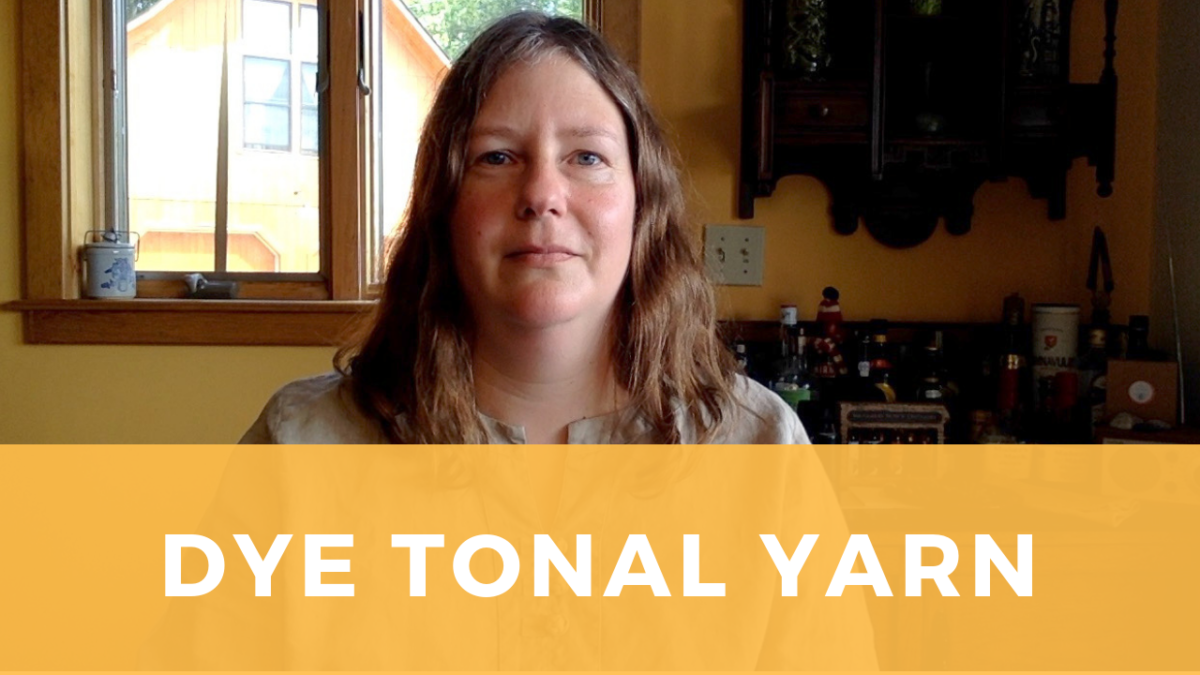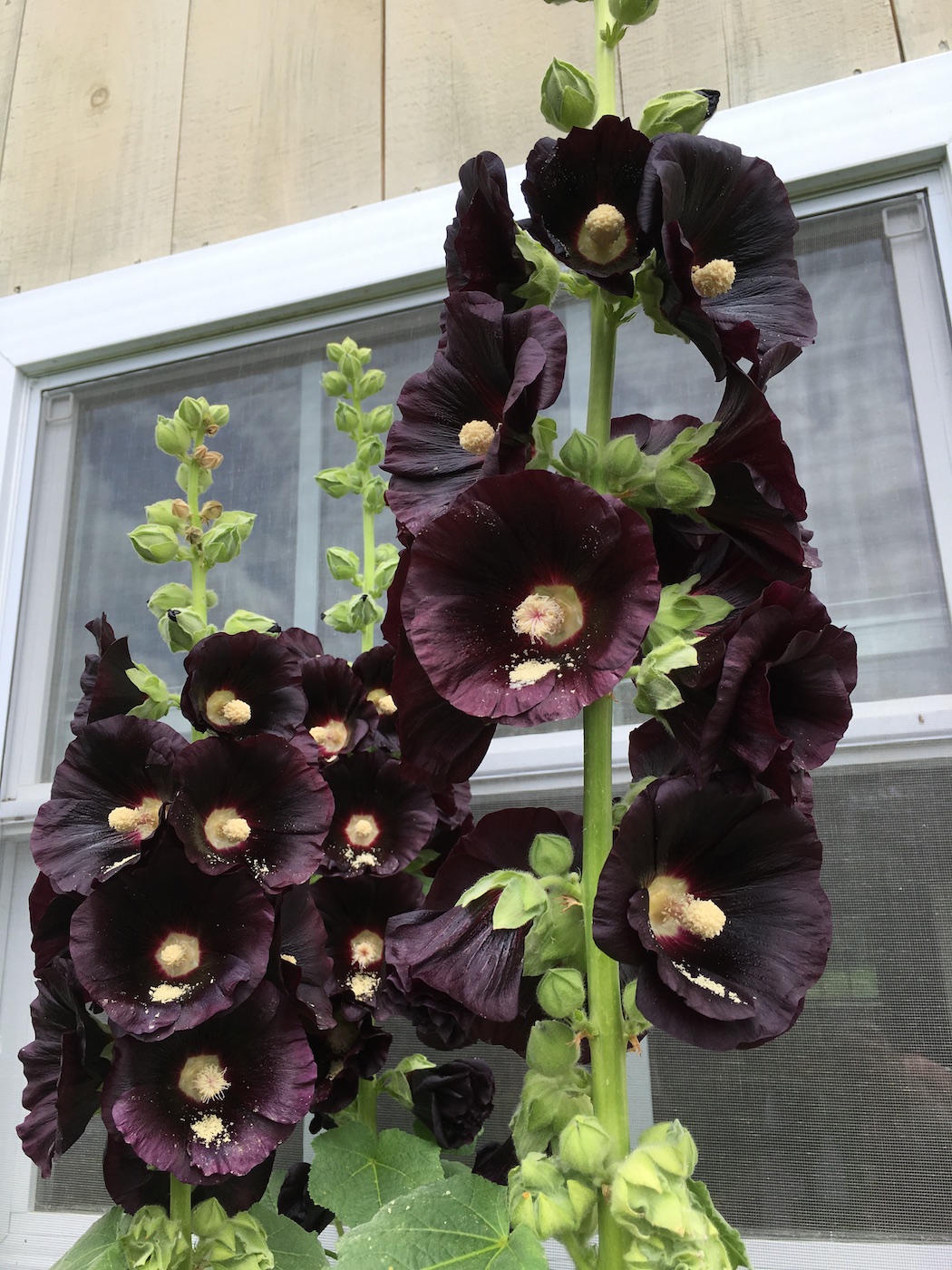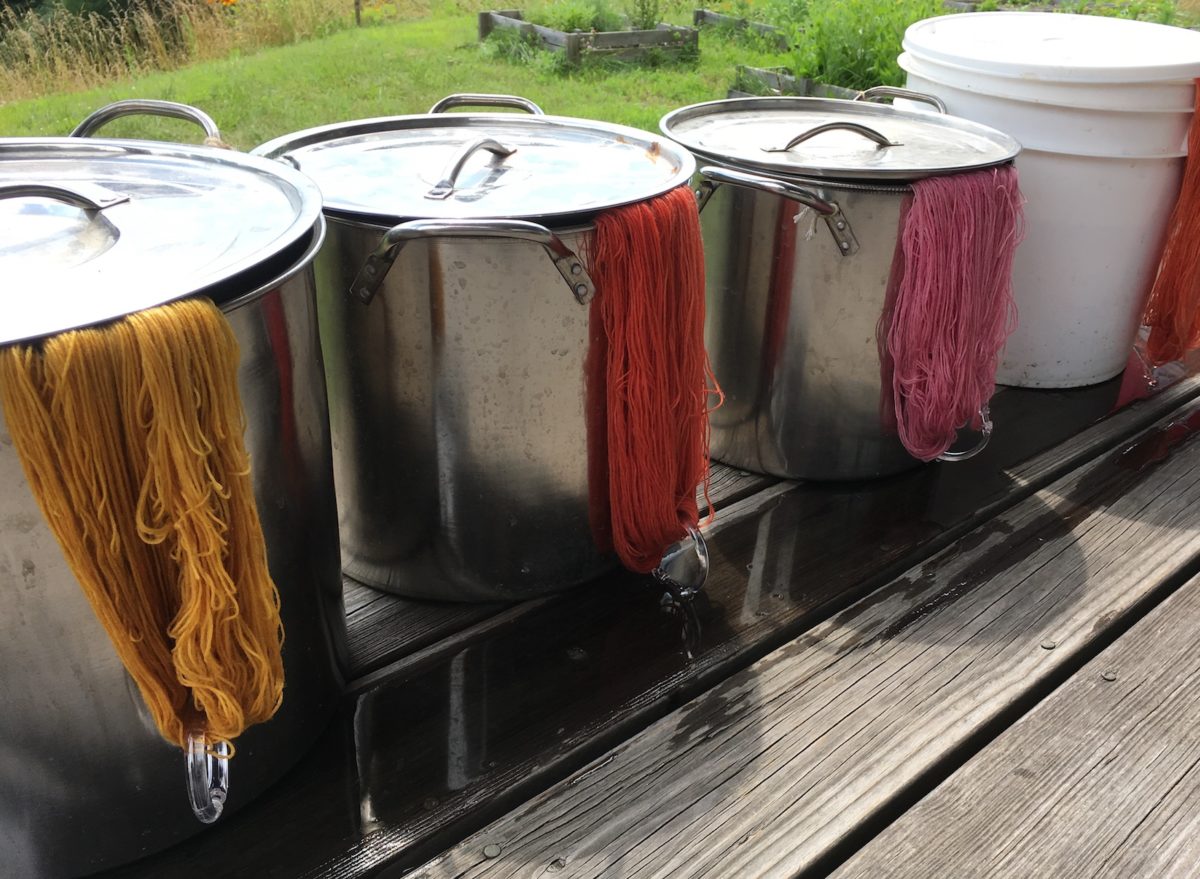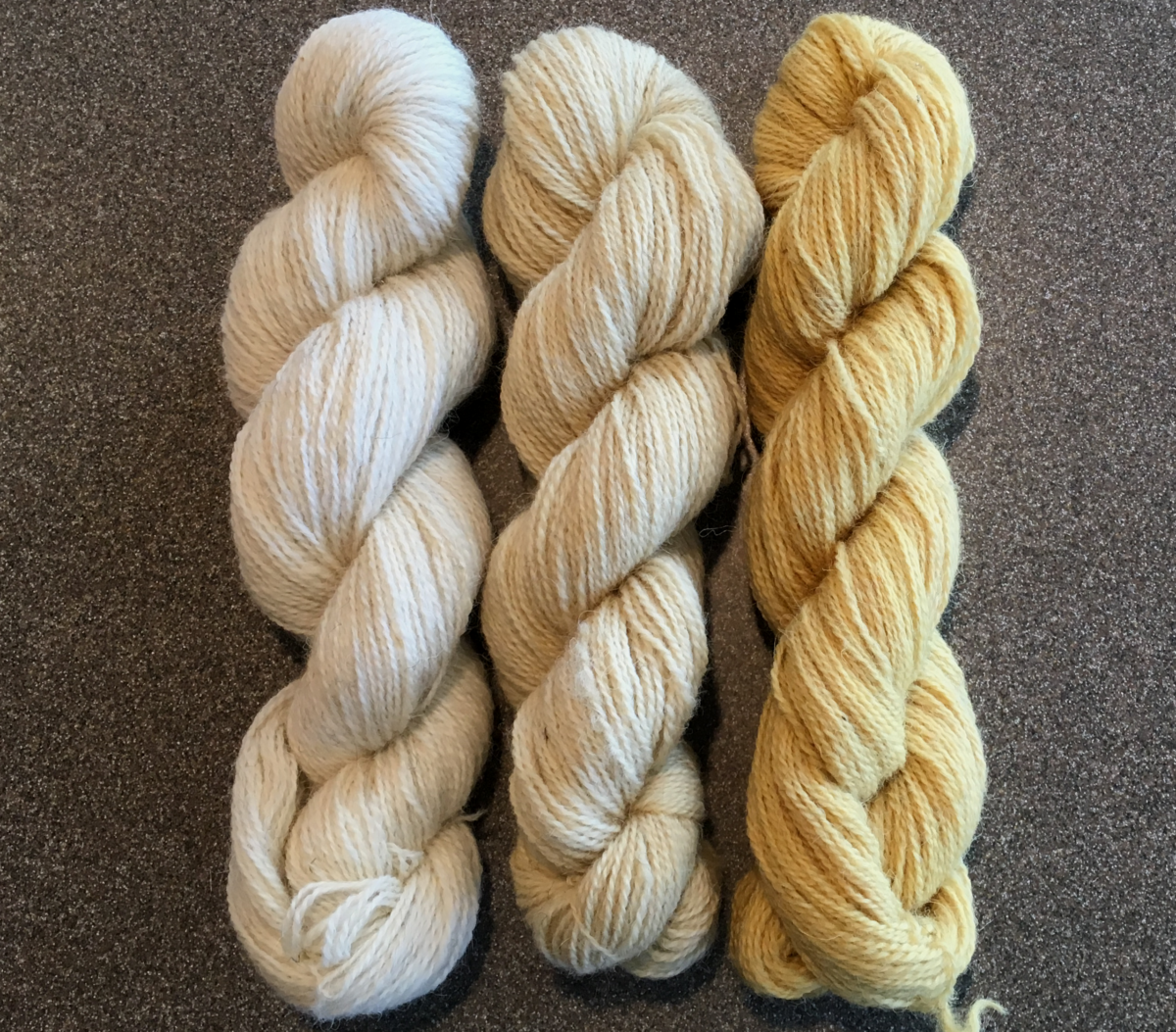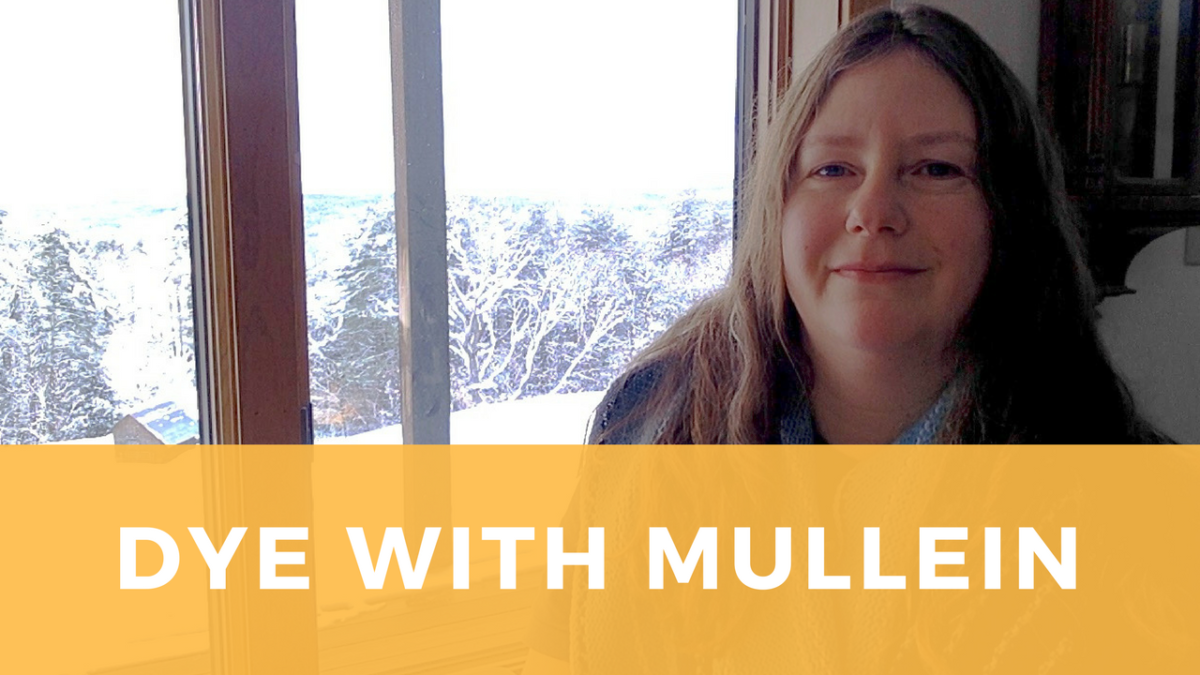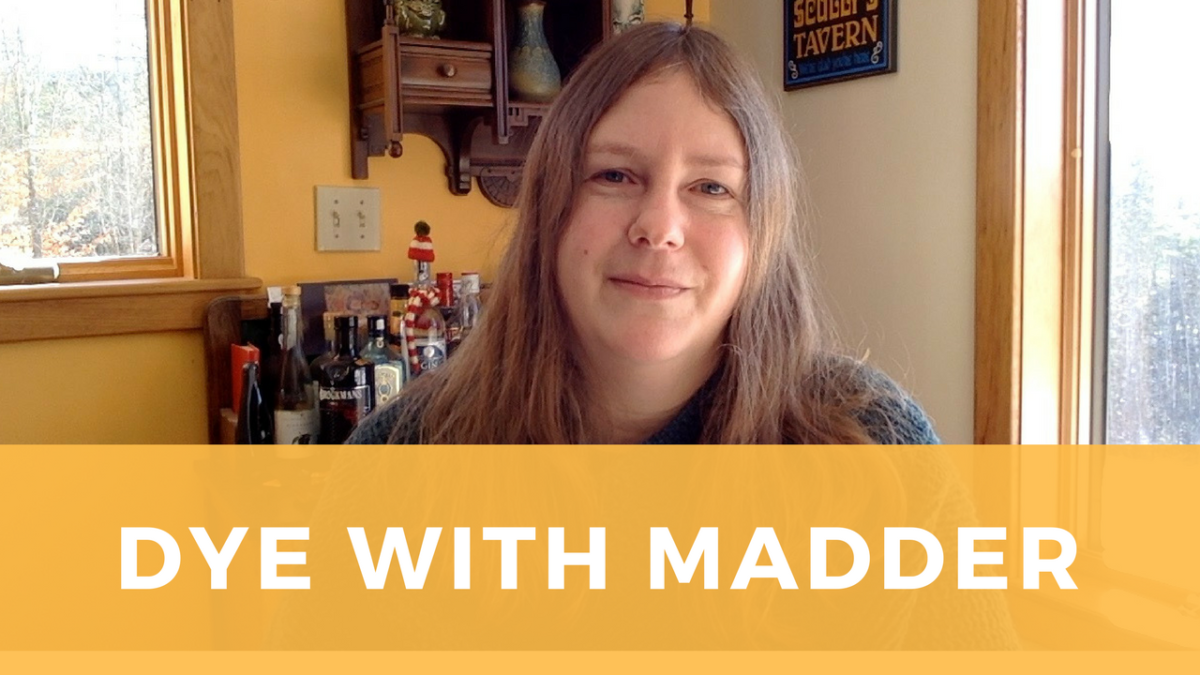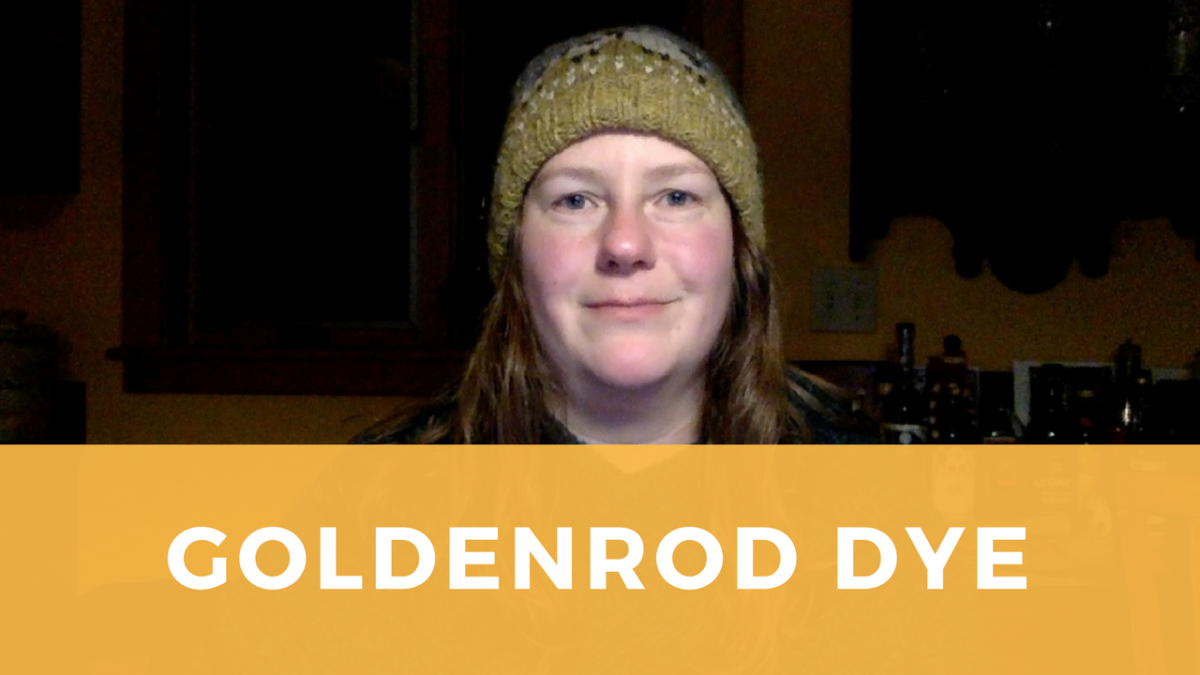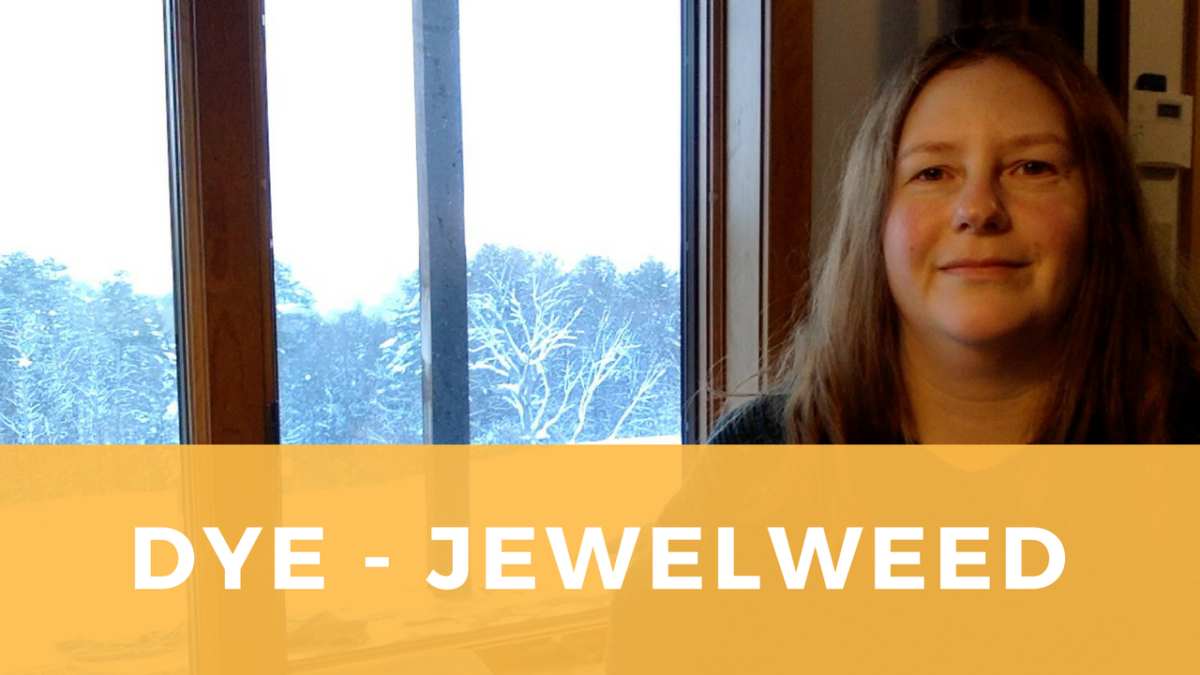By a change of mind, or by accident, sometimes we end up with yarns that we no longer like the color of. Often, this can be a great opportunity to create a new custom color. In a previous post I discussed over-dyeing a variegated yarn to unify the color palette across the skein. This time,
Articles with the Tag dye
Dyeing wool with black hollyhocks: blue made easy
This year has afforded several opportunities to try new-to-me natural dyes, and this week I’m discussing my first trial dyeing with black hollyhocks. The flowers resemble a very dark purple, verging on black in the center of the flowers. Use the petals only for dyeing. If you want to add hollyhocks to your garden you
Dip Dye Yarn: An easy technique creates striped or variegated effects
One of my favorite dye techniques to date is dip-dyeing. I love self-striping yarns for socks, but dip-dyeing can also be used for subtler effects. There are a couple of ways to do this depending on which colors you are combining and how you want the final yarn to turn out. In this example I’ll
How to overdye a piece of clothing: tips for success
Sometimes, we end up owning a piece of clothing that we like the fit of, but we’re not happy with the color. Or, perhaps it’s something that’s hard to match in an outfit. With some inexpensive materials you can overdye fabrics in natural materials (wool, silk, linen, and cotton) to change the look and suit
Overdye Yarn: How to shift shades for a happier result
A couple of weeks ago, I shared an experiment for dyeing yarn with food coloring. The results were interesting, but I decided the yarn didn’t have a cohesive, finished look. So, it’s back to the dye pot this week. Overdyeing can rescue failed dye experiments if you’re careful about which colors to choose. In the
Dye wool with Queen Anne’s Lace for a subtle antique hue
Queen Anne’s Lace has long been known as an herbal remedy and natural dye source. The shades can range from yellows to greens. In this first experiment we got a very pale shade because the concentration of plant material was quite low. Gather a larger amount of flower heads for a more intense color. Step
Dye Wool with Mullein a Herbaceous Biennial
As soon as we started to build our pasture for the sheep, I encountered something that looked like Lamb’s Ear, but wasn’t. We didn’t know what it was at first, but noticed the sheep didn’t like to eat it, so we set about trying to eradicate it from our fields before it could take over
Dye wool with madder
Madder root, or Rose Madder, is a traditional woody shrub that has been cultivated and used for thousands of years to create red tones. While I’ve used other sources to create red, I’ve found this one to be the most reliable. However, it is temperature sensitive, so carefully attention is needed when applying heat. You’ll
Dye with Goldenrod for Vivid Yellow
Goldenrod is a fantastic source of saturated, yellow dye, and one of the plants that I recommend starting with if you are new to natural dyeing. Step 1: Prepare the yarn. Mordant the wool with alum. I use a 10% by weight-of-goods proportion of alum to wool. Botanical Colors has a great tutorial on mordanting
Dyeing Yarn with Jewelweed, Native to North America
Jewelweed is a native North American plant that grows in many climates, usually near wet areas and along river banks. In the video, I share a method for creating beautiful natural tangerine dye using this abundant natural dye source. I first learned about jewelweed as a dye source from a friend and fellow fiber farmer,

